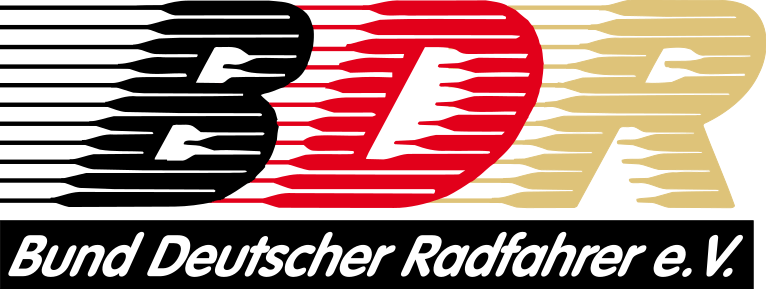High-intensity cycle interval training improves cycling and running performance in triathletes
(Hoch-intensives Radfahrtraining verbessert die Radfahr- und Laufleistung von Triathleten)
Effective cycle training for triathlon is a challenge for coaches. We compared the effects of two variants of cycle high-intensity interval training (HIT) on triathlon-specific cycling and running. Fourteen moderately-trained male triathletes (VO2peak 58.7 ± 8.1 mL kg-1 min-1; mean ± SD) completed on separate occasions a maximal incremental test (VO2peak and maximal aerobic power), 16 × 20 s cycle sprints and a 1-h triathlon-specific cycle followed immediately by a 5 km run time trial. Participants were then pair-matched and assigned randomly to either a long high-intensity interval training (LONG) (6-8 × 5 min efforts) or short high-intensity interval training (SHORT) (9-11 × 10, 20 and 40 s efforts) HIT cycle training intervention. Six training sessions were completed over 3 weeks before participants repeated the baseline testing. Both groups had an appr. 7% increase in VO2peak (SHORT 7.3%, ±4.6%; mean, ±90% confidence limits; LONG 7.5%, ±1.7%). There was a moderate improvement in mean power for both the SHORT (10.3%, ±4.4%) and LONG (10.7%, ±6.8%) groups during the last eight 20-s sprints. There was a small to moderate decrease in heart rate, blood lactate and perceived exertion in both groups during the 1-h triathlon-specific cycling but only the LONG group had a substantial decrease in the subsequent 5-km run time (64, ±59 s). Moderately-trained triathletes should use both short and long high-intensity intervals to improve cycling physiology and performance. Longer 5-min intervals on the bike are more likely to benefit 5 km running performance.
© Copyright 2014 European Journal of Sport Science. Taylor & Francis. Alle Rechte vorbehalten.
| Schlagworte: | Triathlon Belastungsintensität maximal Radsport Lauf Leistung Leistungsentwicklung Intervallmethode |
|---|---|
| Notationen: | Ausdauersportarten Trainingswissenschaft |
| DOI: | 10.1080/17461391.2013.853841 |
| Veröffentlicht in: | European Journal of Sport Science |
| Veröffentlicht: |
2014
|
| Heft: | 6 |
| Seiten: | 521-529 |
| Dokumentenarten: | Artikel |
| Sprache: | Englisch |
| Level: | hoch |
